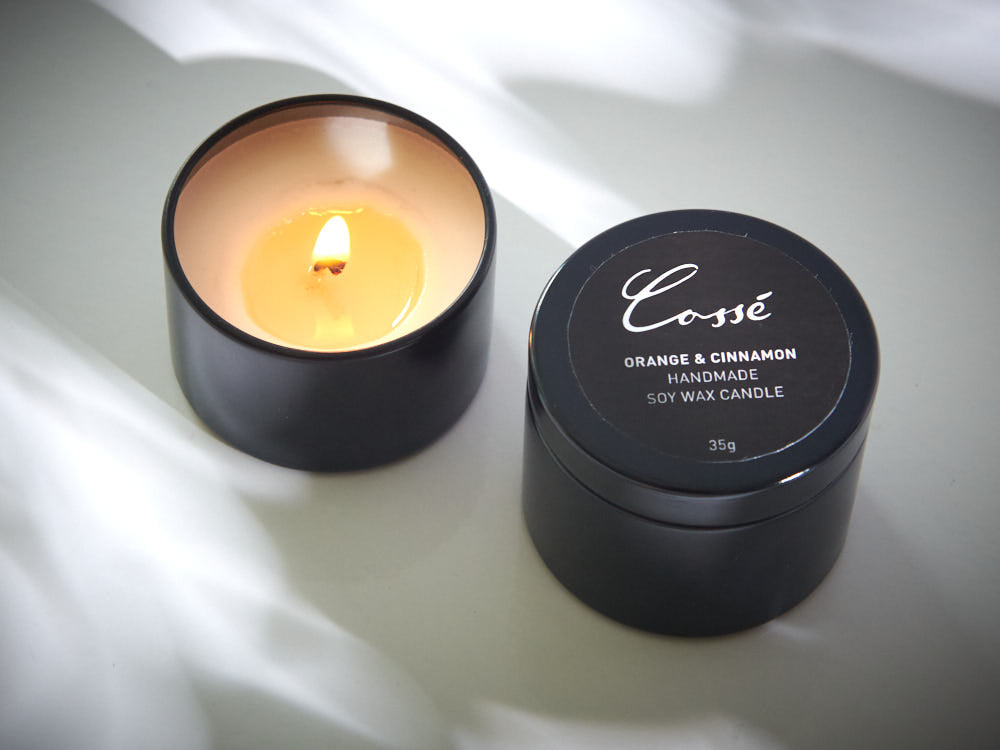Develop Ambiance with Handcrafted Soy Wax Candles and Home Fragrance
Develop Ambiance with Handcrafted Soy Wax Candles and Home Fragrance
Blog Article
From Wick to Wax: Understanding the Chemistry Behind Soy Wax Candles and Their Ecological Influence
As we illuminate our areas with the cozy glow of candle lights, there exists a world of elaborate chemistry behind the apparently simple act of lighting a soy wax candle. Join us as we unwind the clinical complexities behind soy wax candle lights and discover their effects on our environment.
Soy Wax Vs. Paraffin Wax
When contrasting soy wax and paraffin wax for candle light making, it is important to understand the unique characteristics and benefits of each material. Soy wax is an all-natural, renewable resource stemmed from soybean oil, making it naturally degradable and environmentally friendly - crystal soy candles. On the other hand, paraffin wax is a by-product of oil refining, which elevates worries about its environmental impact and sustainability
Soy wax candles shed cleaner and send out less residue contrasted to paraffin wax candles, making them a much healthier selection for interior air high quality. Furthermore, soy wax has a lower melting point, enabling a longer-lasting candle light that distributes fragrance better. Paraffin wax, on the other hand, tends to shed faster and less cleanly, possibly launching dangerous chemicals right into the air.
From a sustainability point of view, soy wax is preferred for its biodegradability and sustainable sourcing, aligning with the expanding consumer preference for eco conscious products. While paraffin wax has been a standard option in candle making because of its price and simplicity of usage, the change in the direction of environmentally friendly choices like soy wax is gaining energy in the industry.
Chemical Structure of Soy Wax

Combustion Process in Soy Candles
The chemical structure of soy wax directly find here affects the combustion procedure in soy candles, influencing elements such as melt time, fragrance launch, and environmental impact. When a soy candle light is lit, the heat from the fire melts the wax near the wick.
The burning efficiency of soy candles is affected by the purity of the soy wax and the top quality of the wick. Furthermore, soy wax candle lights have a lower ecological influence compared to paraffin candles due to their eco-friendly and naturally degradable nature.

Ecological Advantages of Soy Wax

Considered a lasting alternative his explanation to standard paraffin wax, soy wax offers significant ecological benefits that make it a preferred option amongst eco-conscious customers. Soy wax burns cleaner and creates much less residue than paraffin wax, contributing to much better indoor air quality and reducing the requirement for cleansing and upkeep. Overall, the environmental advantages of soy wax straighten with the growing demand for lasting and green items in the market.
Recycling and Disposal Factors To Consider
Reusing and correct disposal of soy wax candle lights play a critical duty in preserving environmental sustainability and decreasing waste in homes and communities. When it comes to reusing soy wax candle lights, the very first step is to ensure that the candle light has actually shed completely.

In regards to disposal, if recycling is not an option, soy wax candles are naturally degradable and can be safely gotten rid of in most family waste systems. It is always recommended to check with regional reusing centers or waste management services for particular standards on candle light disposal to make sure correct handling and ecological security.
Final Thought
To conclude, the chemistry behind soy wax candle lights reveals their ecological benefits over paraffin wax candles. Soy wax, acquired from soybean oil, burns cleaner and creates much less residue when contrasted to go to website paraffin wax. The combustion procedure in soy candle lights is a lot more reliable, causing a longer and a lot more even burn. Furthermore, soy wax is eco-friendly and biodegradable, making it a more lasting selection for candle light production. Recycling and correct disposal of soy wax candle lights even more add to their ecological influence.
When contrasting soy wax and paraffin wax for candle production, it is necessary to recognize the unique qualities and advantages of each material (soy candles).Soy wax candles burn cleaner and emit much less soot compared to paraffin wax candle lights, making them a much healthier choice for interior air top quality.Thought about a lasting alternative to traditional paraffin wax, soy wax offers significant ecological benefits that make it a prominent choice amongst eco-conscious consumers. Soy wax burns cleaner and creates less residue than paraffin wax, adding to far better interior air high quality and lowering the requirement for cleansing and maintenance.In final thought, the chemistry behind soy wax candles reveals their ecological advantages over paraffin wax candle lights
Report this page